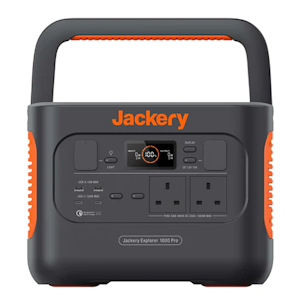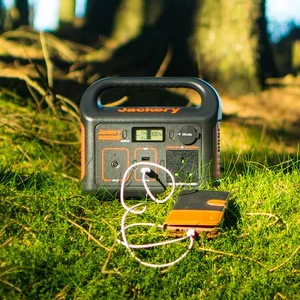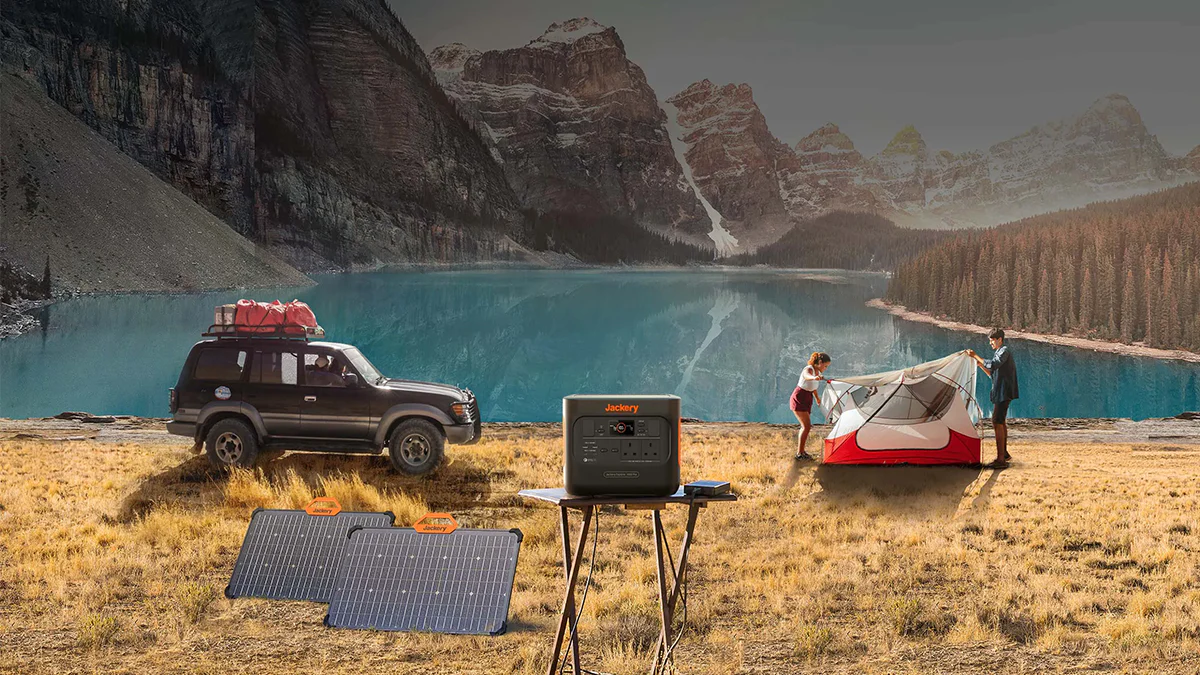Buying Advice for Portable Power Supplies for Camping
Traveling, whether for leisure or work, often requires us to carry multiple devices, all of which need to stay powered. A reliable portable power supply can be an invaluable asset, particularly when you're on the move. This guide focuses on key factors such as battery life, safety, weight, charging times, charging options, and other crucial points to consider when buying a portable power supply for travel.
Battery Life:
The battery life of your portable power supply is undoubtedly one of the most critical factors to consider. This often depends on its capacity, measured in milliamp hours (mAh) or watt-hours (Wh). Higher capacity models can deliver multiple full charges to your devices, making them excellent for extended trips away from power sources. The Anker PowerCore 20100, for instance, provides enough power to charge a smartphone several times over, which can be a lifesaver in travel situations.
Safety:
A power supply is a device you'll be using daily, and often while you're on the go, so safety is paramount. Quality power supplies will have features such as overcharge, short-circuit, and overheat protection to ensure the safety of both the power supply and your devices. Renowned brands like Anker, RAVPower, and Aukey have stringent safety standards and certifications, which should provide peace of mind.
Weight and Size:
For travel convenience, a portable power supply should be compact and lightweight. However, there's often a trade-off between battery capacity and portability. High-capacity power banks are generally heavier and larger, so you'll need to find a balance that suits your needs. Power supplies like the Jackery Bolt 6000 mAh strike a good balance, offering a significant amount of power in a compact form.
Charging Times:
The time a power supply takes to recharge itself is also a significant factor. Look for a model with a high input rate, which means it can recharge itself quickly. Features like Power Delivery (PD) and Quick Charge (QC) can dramatically reduce the time it takes for your power supply to recharge. Remember, larger capacity power banks will naturally take longer to recharge, regardless of these fast-charging features.
Charging Options:
The versatility of a power supply largely depends on the number of output ports it has and the types of ports available. Look for power banks with multiple outputs if you plan to charge more than one device simultaneously. USB-C ports are becoming more standard and can deliver fast charging for compatible devices. Additionally, some models feature AC outlets or DC ports, enabling you to power more substantial devices like laptops.
Additional Features:
Many portable power supplies offer extras that can be very useful for travelers. Some feature built-in cables, eliminating the need to carry extras. Others have a built-in flashlight which can be handy in an emergency. Also, consider the build quality and durability, particularly if you'll be adventuring outdoors.
In Conclusion:
In conclusion, when selecting a portable power supply for travel, consider your specific needs in terms of battery capacity, safety features, portability, charging speed, and versatility. Extra features like built-in cables or a flashlight can also add significant value. By weighing these factors, you'll be able to select a reliable and convenient power supply that suits your travel needs.






